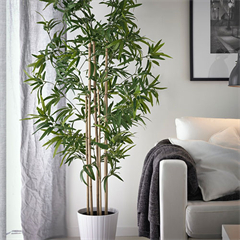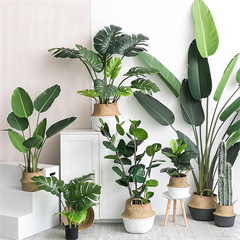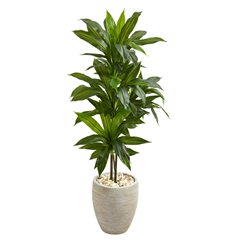For newcomers to artificial plants, a common starter question is what material is used to manufacture them. As a decorative element, faux plants are meant to imitate the look of a natural plant. To accomplish this, there’s never been a limitation on what material one can use. Flowers in particular are very colorful and vibrant, and can be made from plastic, glass, or elements like gold and silver. Here introduce 2 main material produce artificial plant:
Plastic plants
Silk plants






Plastic plants introduce.
An unfortunate rise of low-quality plastic fake flowers,mass-produced artificial plants, in an effort to produce them quickly, are usually made from polyester. Early on with the invention of the fake plant market, a lot of what was produced resembled anything but a flower. They were very clearly fakes. The technology didn’t exist to manufacture anything better. Thankfully, that’s changed.



Silk plants introduce.
Most would agree – particularly as it applies to faux greenery – that the most realistic-looking material to make them from is silk. A silk plant is crafted from protein fiber spun by silkworms. Sometimes, what are marketed as ‘silk plants’ are a combination of polyester, polymers, and plastic. Why are silk plants so expensive? There is a cost difference between silk plants and other types of artificial plants. Silk plants take significant time and effort to create. They need to be carefully designed. The machines that manufacture them have to go through more processes to achieve their detailed look. The protocols in place to maintain quality standards are also more stringent than they are in other factories. That said, despite the cost, what you receive in return is the best-looking faux plant available.





















